Grow Light Control Systems are advanced systems that manage the lighting conditions for indoor plants. They integrate technologies like LED grow lights, light controllers for grow lights, timers, and automated controls. These systems ensure optimal light for plant growth and development by adjusting light intensity, duration, and spectrum.
Using grow light controllers enhances plant growth, saves energy, and reduces costs. These systems provide precise light management, leading to healthier plants and more efficient gardening. Growers can customize light schedules, automate lighting, and monitor plant needs. This results in improved yields and more efficient operations.
What Are Grow Light Control Systems?
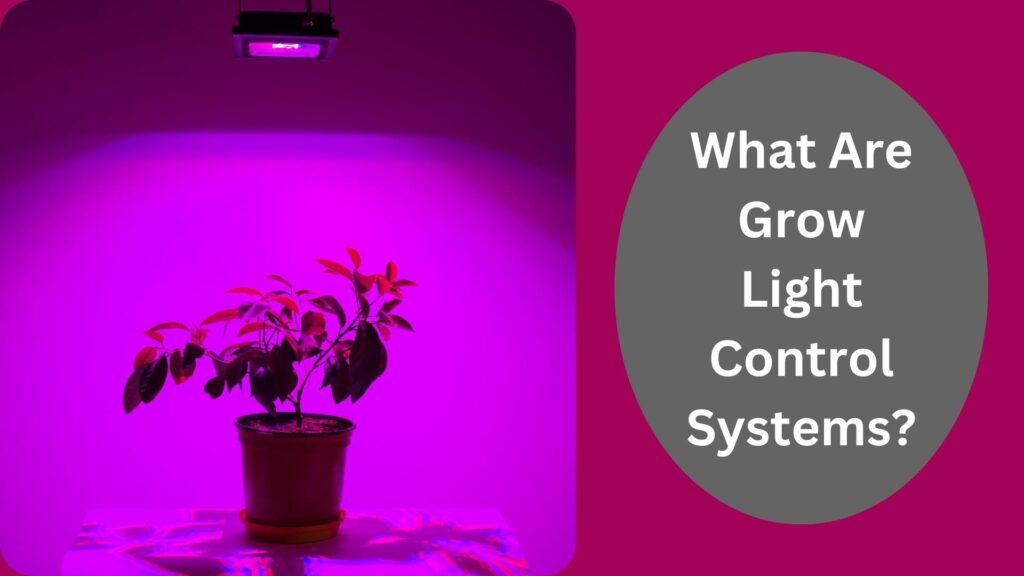
What are LED light control systems? It focuses on the imitation of natural sunlight and light environments that can be customized. Gardeners adjust settings according to the stage of their plants. Germination to blooming, different preset settings are there for different plant species. Such customization supports more photosynthesis, greater plant health, and bigger yields. By adjusting the correct light output energy consumption can be reduced. For indoor gardening enthusiasts, these systems are environmentally friendly and cost-efficient.
How Grow Light Technology Enhances Plant Growth
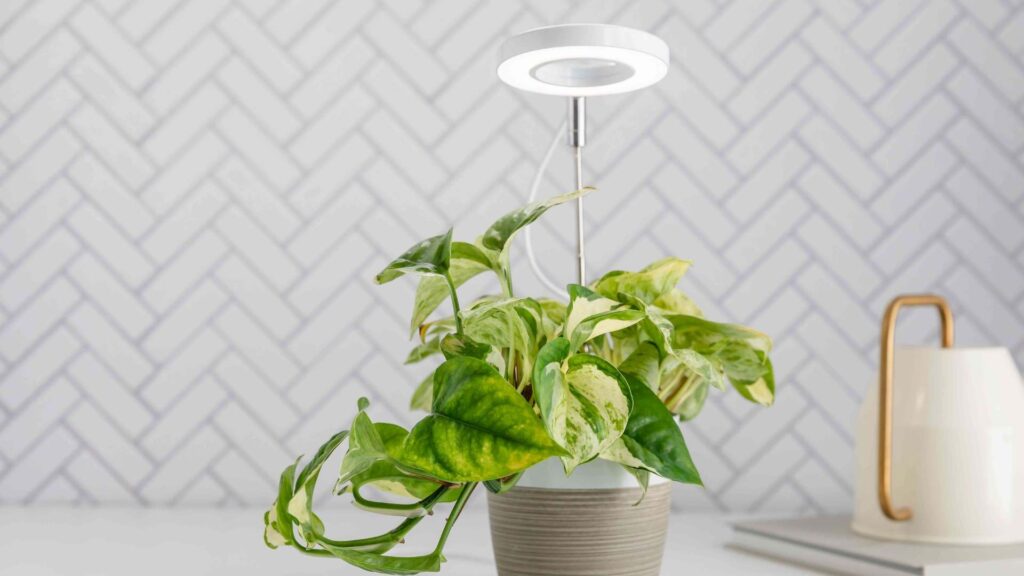
Light Spectrum Control
Precise Light Spectrum Control: Grow lights offer adjustable light spectra that mimic natural sunlight, crucial for different growth stages. Blue light supports vegetative growth, red light promotes flowering and fruiting, and UV light can enhance plant defenses.
- Blue light for vegetative growth
- Red light for flowering and fruiting
- Far-red light to stimulate stem elongation
- UV light for enhanced color and flavor development
By adjusting the light spectrum, a light controller for grow lights ensures plants receive the optimal wavelengths for each growth phase, enhancing overall health and productivity.
Light Intensity Management
Optimal Light Intensity: Modern grow light systems allow precise control over light intensity, ensuring plants receive the right amount of light.
- High intensity for rapid growth and robust development
- Lower intensity for delicate stages or specific plant types
Proper management of light intensity helps in preventing issues like light burn and promotes healthy, balanced growth.
Mimicking Natural Sunlight
Advanced grow light systems are designed to mimic natural sunlight, which includes a broad spectrum of light. This simulation supports:
- Photosynthesis: Essential for plant energy production
- Circadian rhythms: Regulates plant growth cycles
By replicating natural light conditions, these systems contribute to more natural and efficient plant growth.
Key Features and Benefits of Grow Light Control Systems
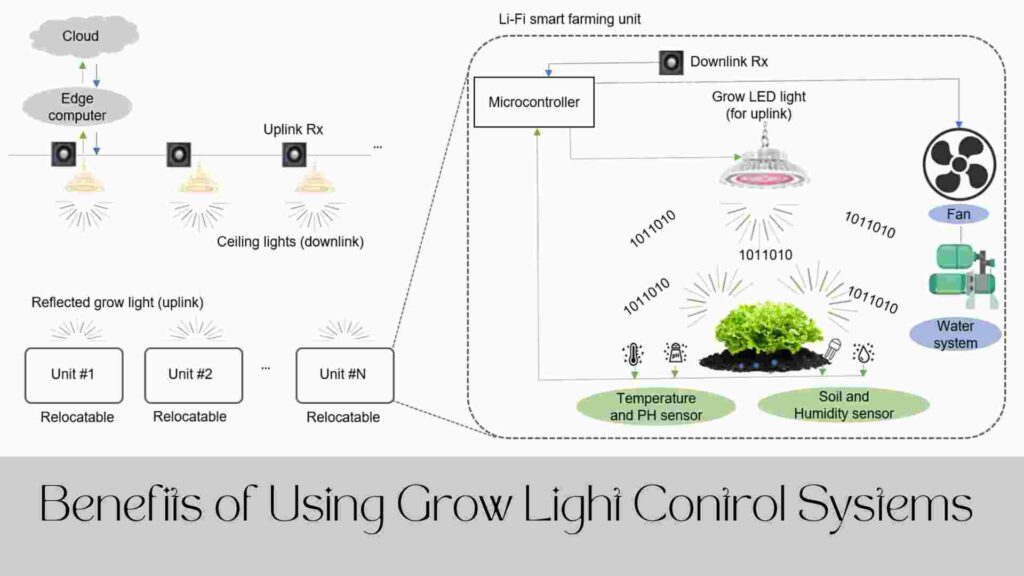
In the realm of indoor gardening, grow light control systems emerge as indispensable tools, offering a multitude of benefits that significantly enhance plant health, growth, and overall cultivation efficiency.
Automated Grow Light Systems for Convenience and Efficiency
Innovation shines brightly in the field of automation; managing light schedules and intensities on your own can’t get easier than this. With these smart grow lights and a LED grow light dimmer, you don’t have to fiddle with settings: they’ll do it for you based on what your plants need. This hands-off approach guarantees plants bask under uniform and optimal lighting— an important ingredient for their growth needs. Automation isn’t just about convenience though; it also means less work while keeping your plants healthy and productive. Using a light controller for grow lights enhances this automation by providing precise control and adjustments, ensuring optimal conditions for plant growth.
It’s almost like running a well-oiled machine: adopting such light controllers translates to adopting precision in indoor gardening efforts that will manifest as higher yields.
Advanced Features of Modern Grow Light Systems
Modern automated grow light systems come equipped with advanced features that enhance their functionality. Key features include customizable light schedules, which allow users to set precise lighting times that match their plants’ growth cycles. Additionally, light spectrum adjustment enables growers to modify the wavelengths of light emitted by the system, promoting better photosynthesis and plant health. These advanced features contribute to more efficient growth management and can lead to healthier plants and higher yields.
LED Grow Lights vs. Traditional Lighting Systems: A Comparison
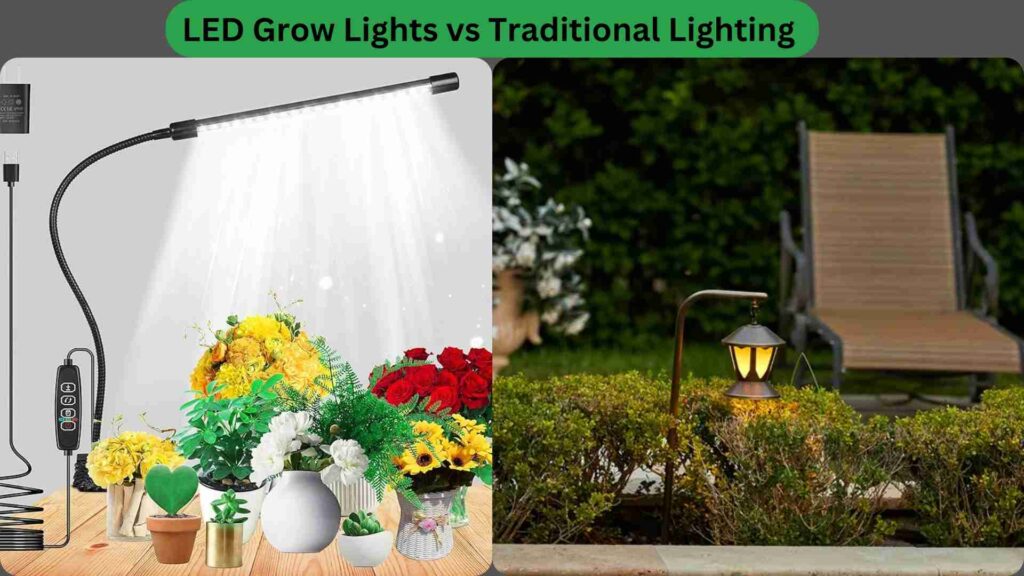
Traditional lighting options have no chance when matched against grow light systems. LED technology ensures that the light is under control — both in terms of intensity and spectrum — allowing for a better outcome in plant production. Unlike other lighting systems, these lights are horticultural LEDs, meaning they consume less energy and last longer; this means both financial and environmental costs are low as a result.
Lighting control systems become a very important piece of art in the hands of someone who takes care of an indoor garden, allowing precision management of artificial light which ensures that plants get the best optimal growth. Inclusion of these systems into your indoor garden can greatly boost plant health as well as yield—for example, horticultural lighting automation creates unique light schedules that suit different plant varieties’ specific needs (thus enhancing growth and productivity). With these advanced technologies embedded in grow lights, including battery-controlled LED lights, a gardener is able to achieve stronger and more productive plants.
Types of Grow Light Control Systems
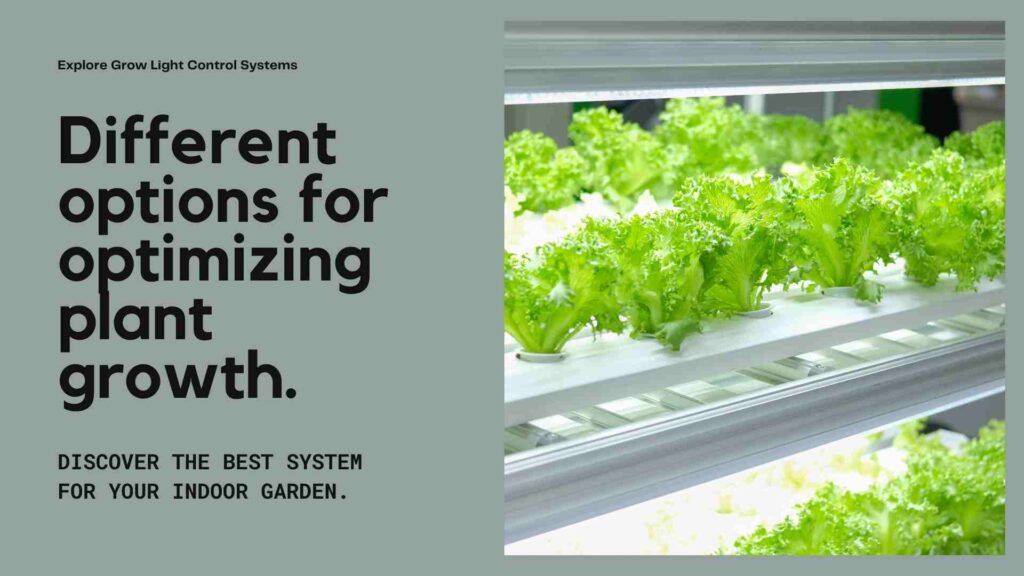
Selecting the right grow light control system is crucial for optimizing plant growth and achieving successful indoor gardening outcomes. Here’s an overview of the main types available:
Basic Timer Systems
Basic timer systems offer simplicity and reliability for grow light control, setting on/off cycles to ensure plants receive necessary photo periods, ideal for beginners or small setups.
Programmable Systems
Programmable systems provide greater control and customization, adjusting light intensity, spectrum, and duration. Features like sunrise/sunset simulations and gradual dimming suit various indoor gardening stages from seedlings to flowering.
Smart Control Systems
Smart control systems revolutionize grow light management through connectivity and automation, allowing remote monitoring, real-time data analytics, and automated responses via smartphones or tablets for optimal plant lighting.
Components of Grow Light Control Systems
- Lighting Fixtures
- Controllers
- Sensors
Also Read More : Benefits Of Solar LED Light in Rural Areas
Trends and Innovations
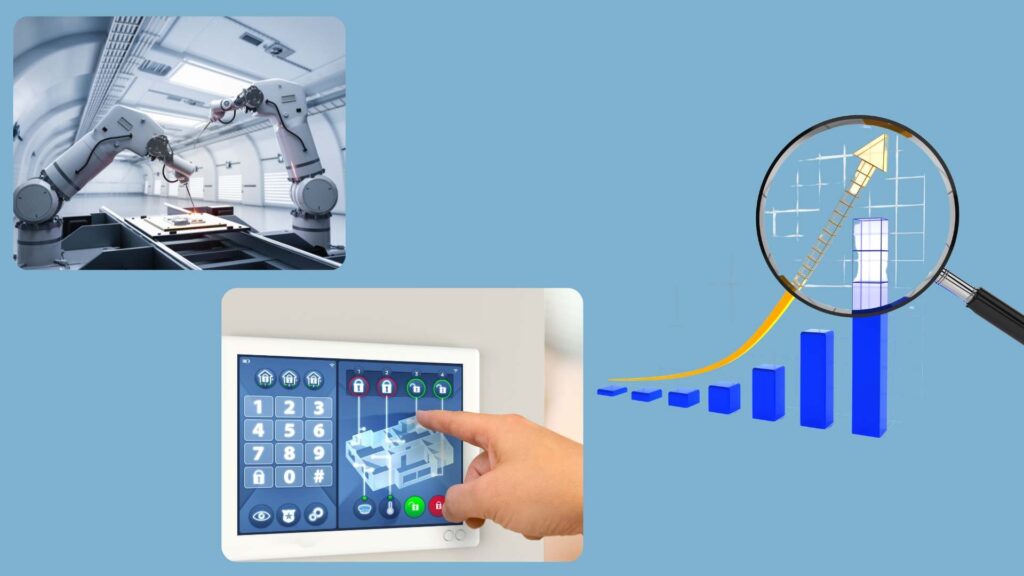
The future of automated lighting systems for plants promises exciting advancements, driven by continuous innovations in horticultural lighting technology. Emerging trends suggest a growing focus on integrating artificial intelligence with smart grow lights to enhance functionality and efficiency. AI-driven systems will enable more precise control over light spectrum and intensity, tailoring illumination to the specific needs of different plant species throughout their growth cycles.
Future developments in smart horticultural lighting will undoubtedly focus on increasing efficiency, reducing energy consumption, and enhancing user control. By staying abreast of these trends, gardeners can leverage the latest technologies to achieve optimal plant growth and maximize their gardening potential.
Choosing the Right Grow Light Control System
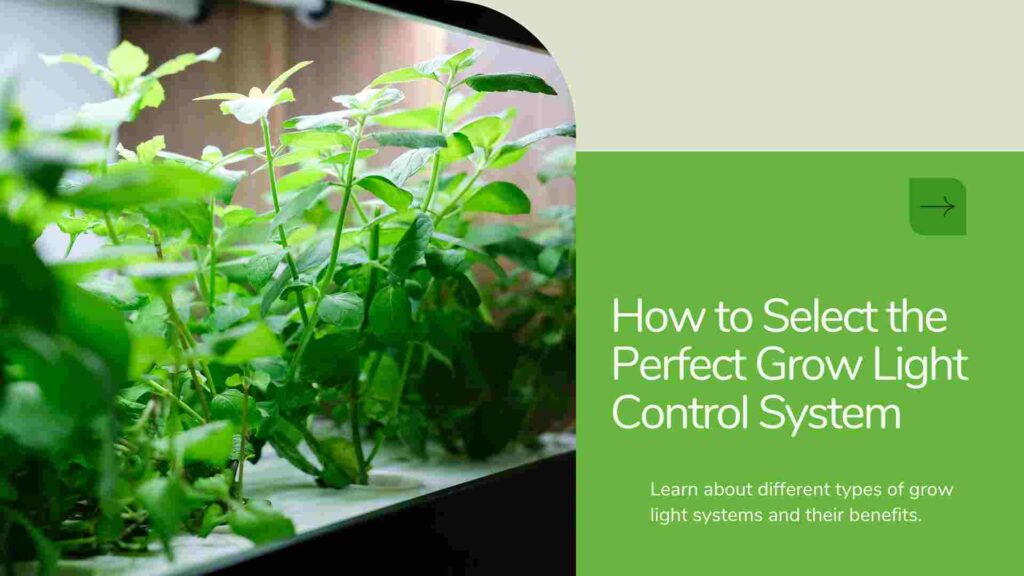
Selecting the ideal LED grow light controller is pivotal for achieving optimal results in indoor gardening . To make an informed decision, it’s essential to evaluate several critical factors that cater to your specific needs and preferences.
Considerations for Choosing a Grow Light Control System
- Compatibility: Ensure the system is compatible with your existing equipment and setup.
- Connectivity: Look for systems that offer reliable connectivity options, such as Wi-Fi or Bluetooth.
- Automation Features : Evaluate the automation capabilities, including scheduling, dimming, and adaptive responses.
- User Interface : A user-friendly interface, preferably with a dedicated app, is crucial for ease of use.
- Data Analytics: Opt for systems that provide real-time data analytics for precise adjustments based on environmental factors.
- Scalability: Choose a system that can scale with your growing needs.
- Energy Efficiency: Consider the energy consumption and efficiency of the system.
- Cost: Balance the cost with the features and benefits offered.
- Customer Support: Reliable customer support and warranty services are important for troubleshooting and maintenance.
- Reviews and Recommendations: Research reviews and seek recommendations from other growers.
Conclusion
Grow light control systems play a pivotal role in optimizing indoor gardening, offering precise management of lighting conditions to enhance plant growth and health. By utilizing advanced features such as customizable light schedules and light spectrum adjustment, these systems ensure that plants receive the ideal light for every growth stage. Integrating a LED lighting controller further improves energy efficiency and cost-effectiveness, making these systems a valuable asset for both amateur and professional growers. Adopting grow light control systems not only leads to healthier plants and higher yields but also streamlines gardening operations, paving the way for more efficient and sustainable indoor gardening practices.
By adopting these innovative technologies, gardeners can optimize their cultivation practices, achieve healthier plants, and enjoy higher yields. Embracing the latest trends in grow lighting controller and smart grow lights will ensure that indoor gardening continues to evolve, meeting the needs of modern horticulture with greater precision and efficiency.

